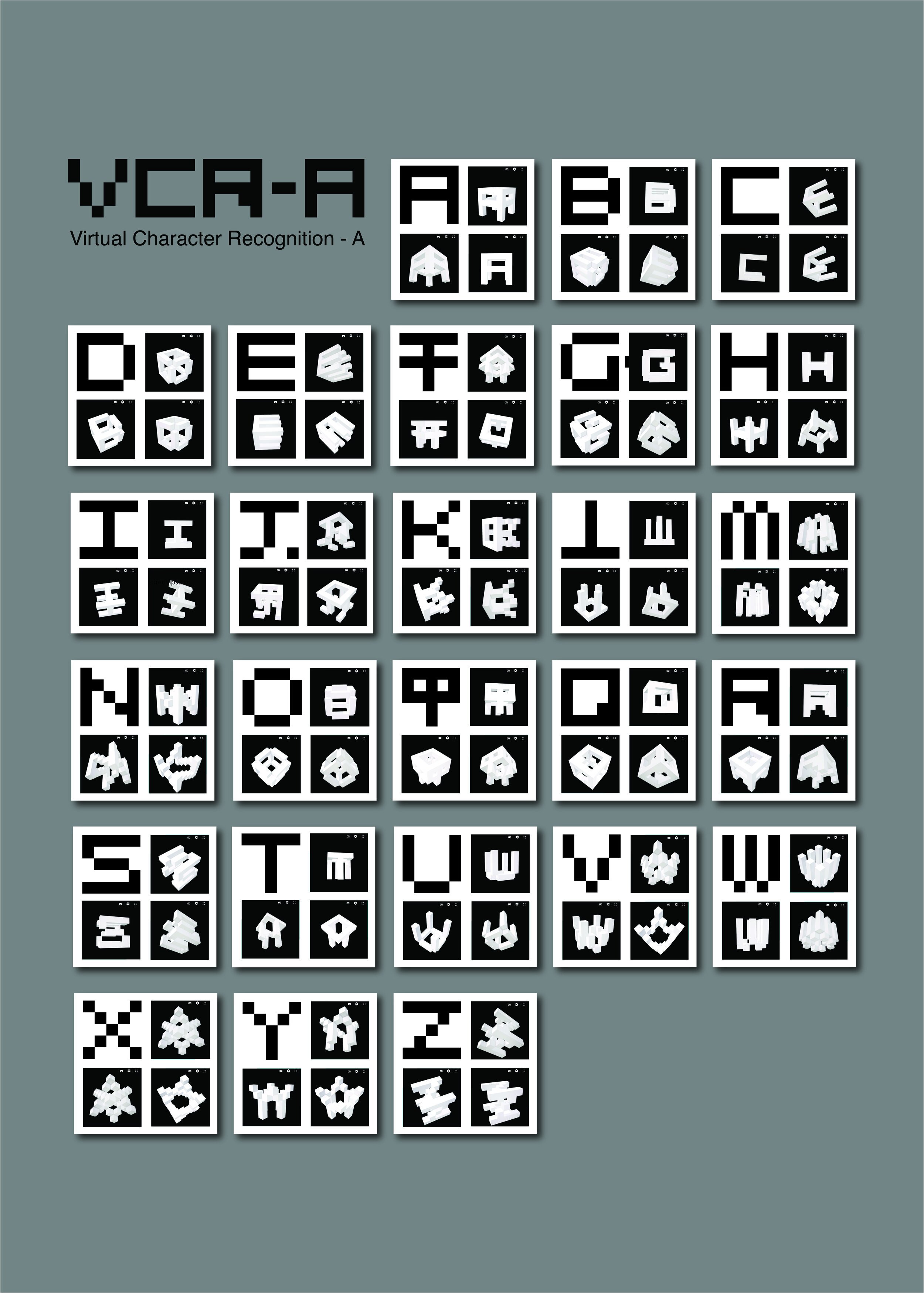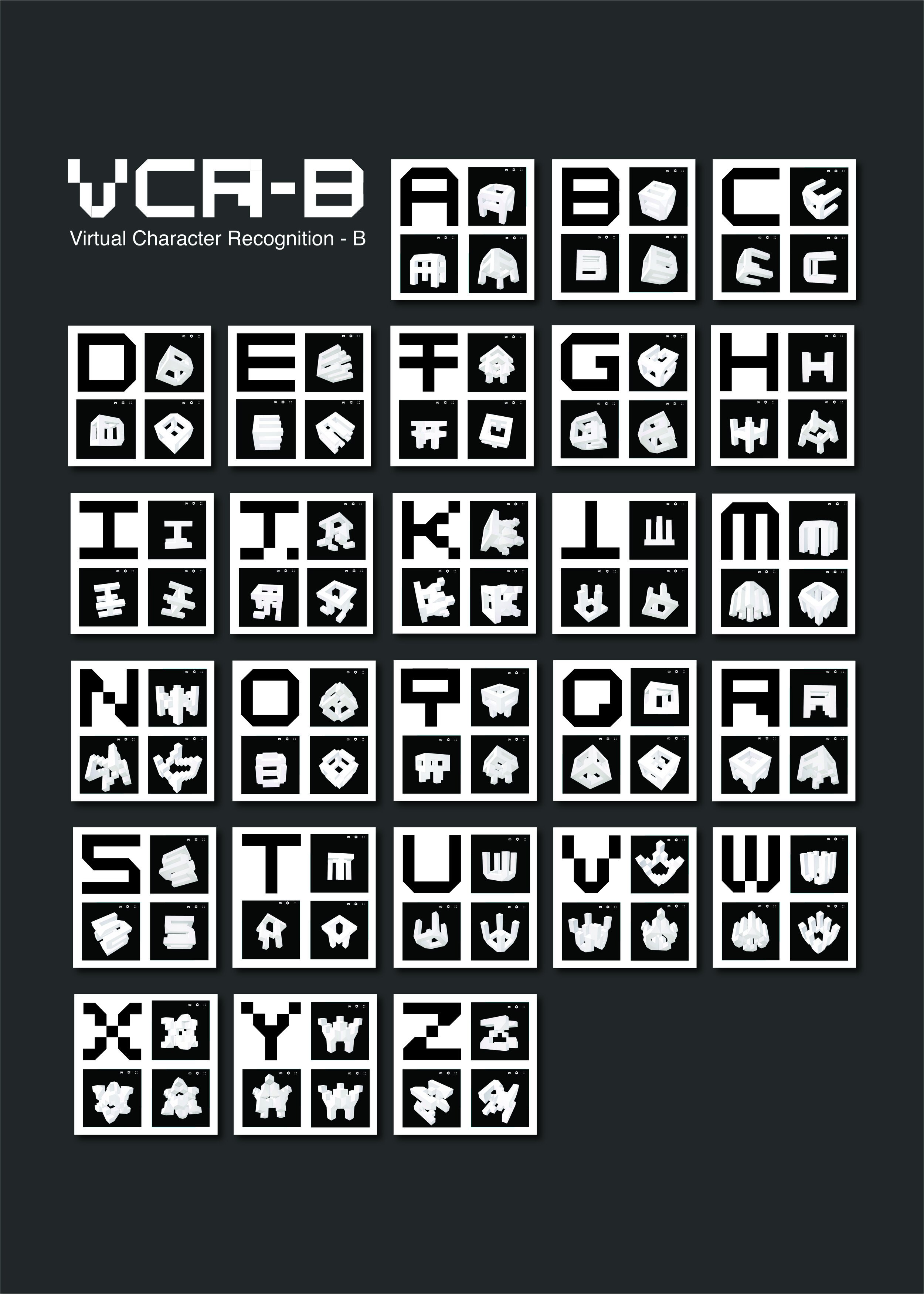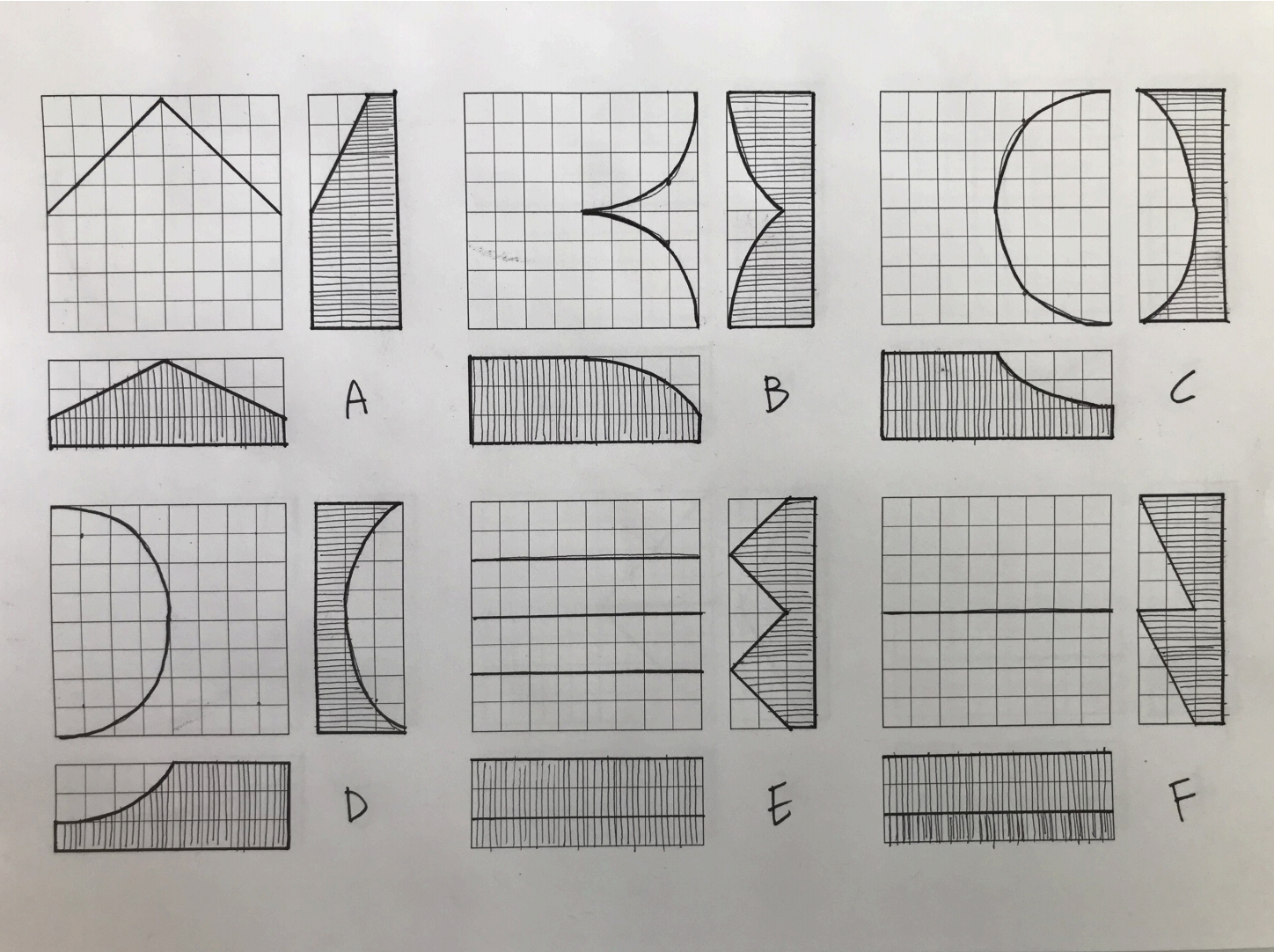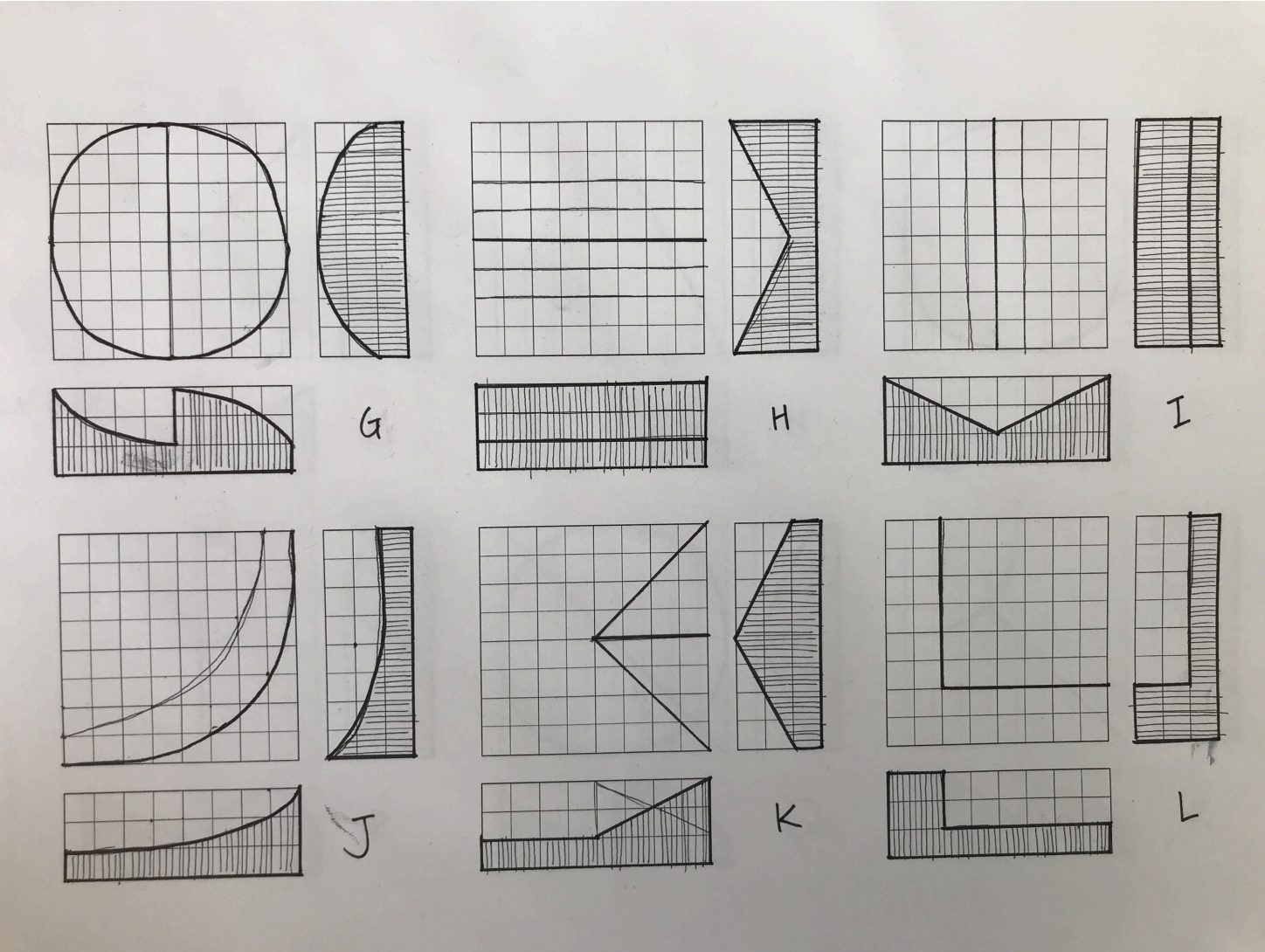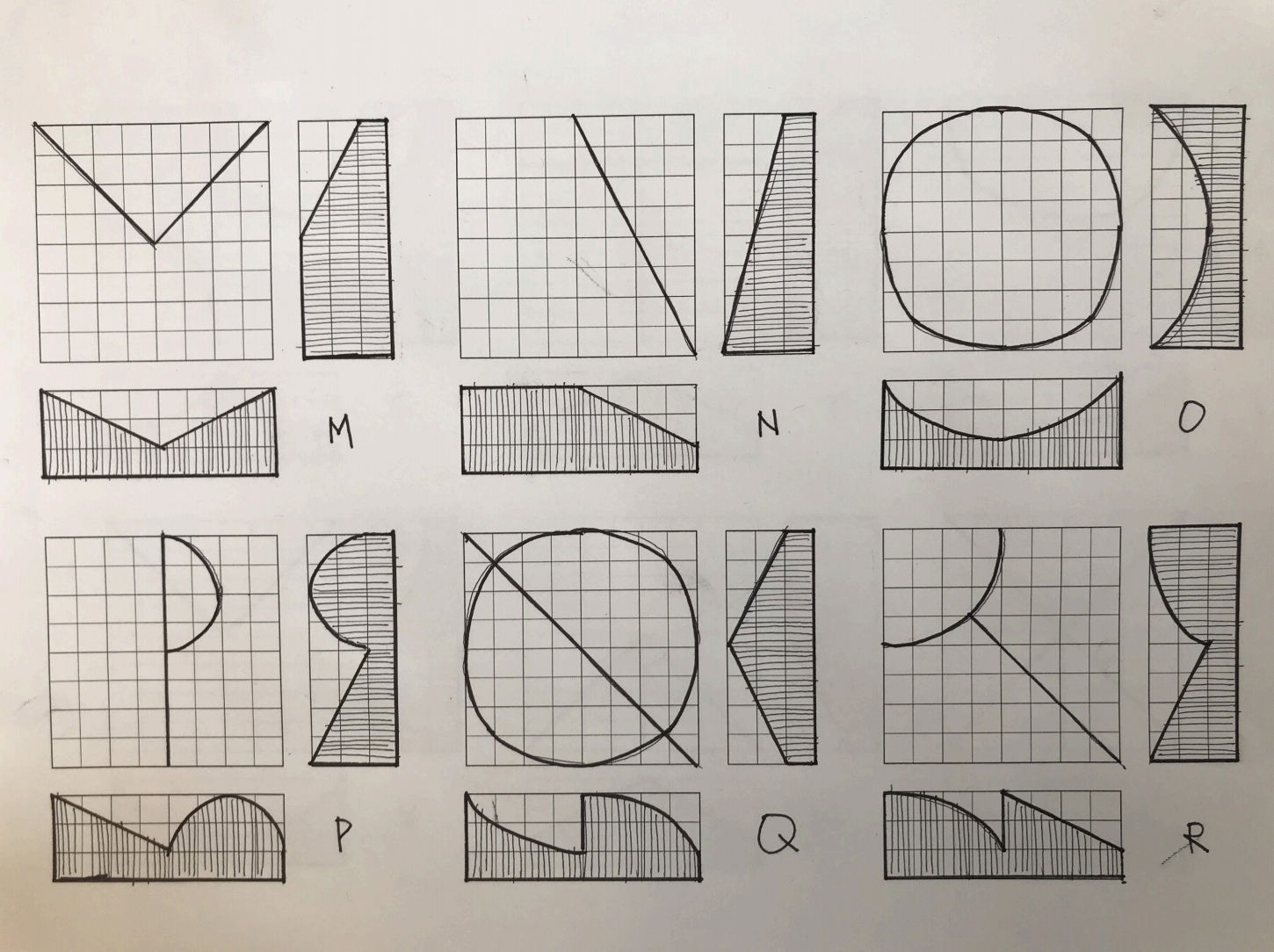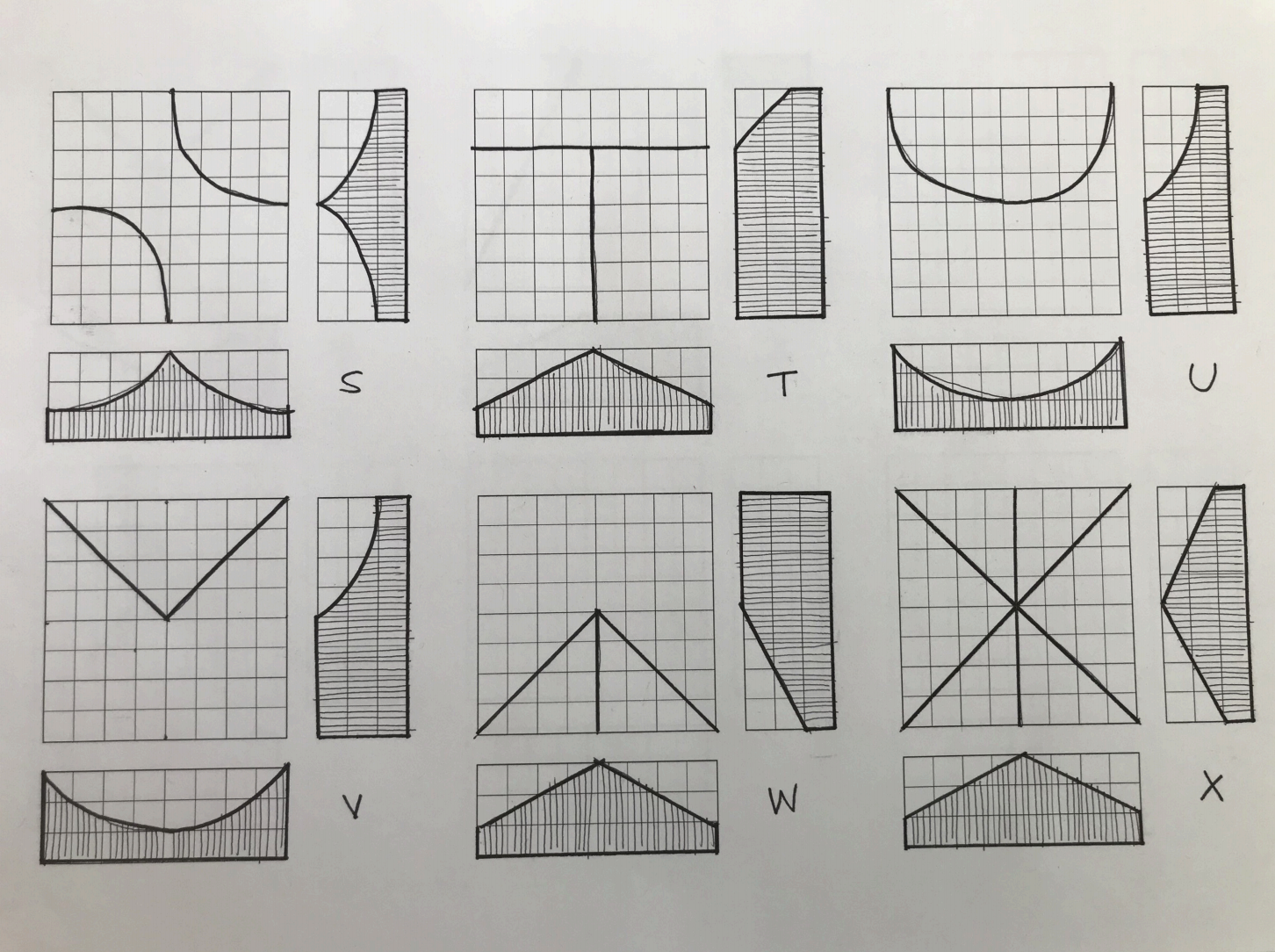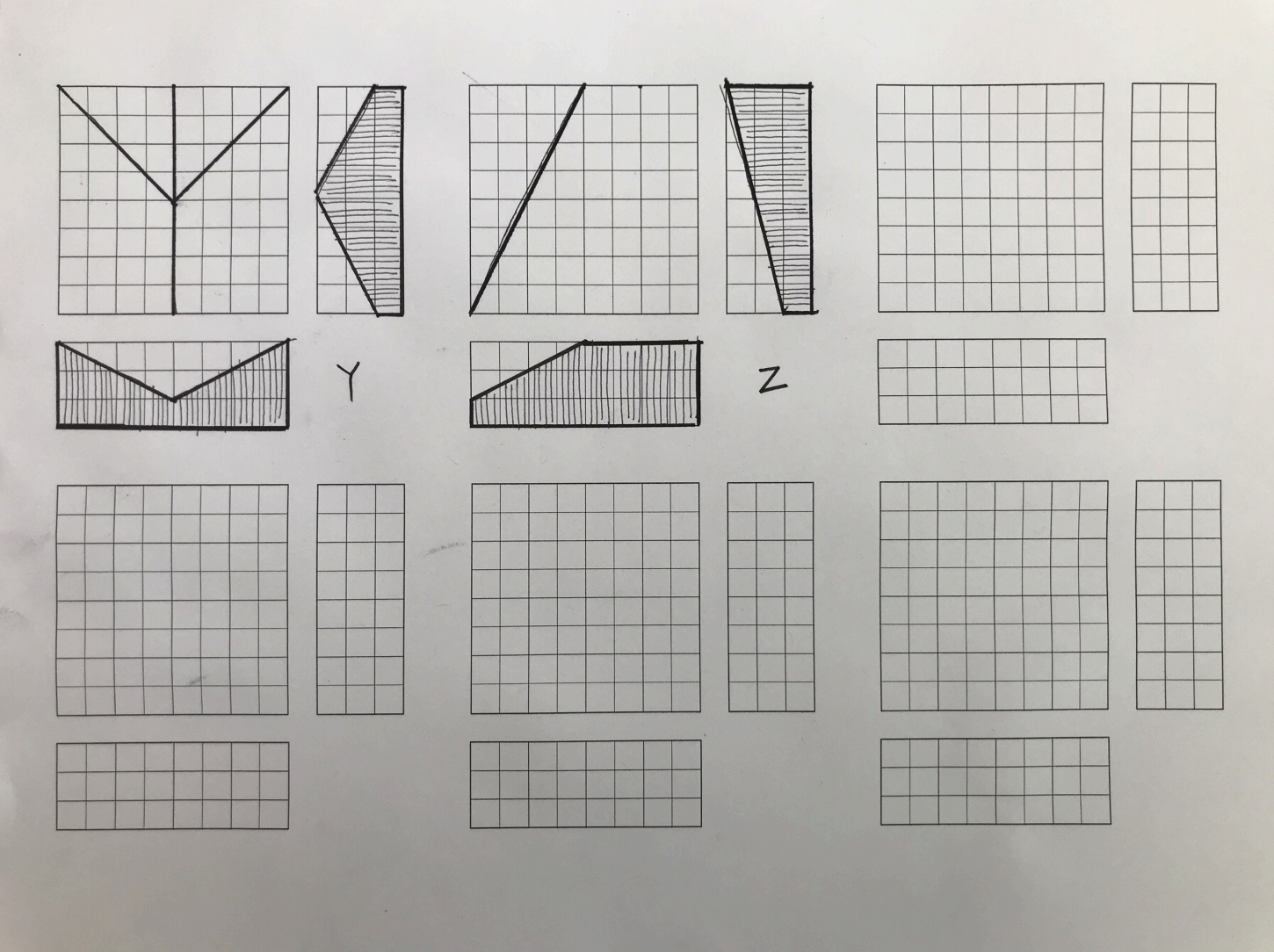Virtual Character Recognition - VCR A/B
Writing has been a fundamental tool for expressing and communicating ideas throughout human history. From the development of cuneiform over 3000 years ago to the present day, we have continuously developed new tools and methods of writing to better describe our intentions and visions. As technology continues to evolve, so too do our writing systems, especially in virtual environments.
Virtual spaces offer possibilities that are not achievable in the physical world. While coded and interactive fonts are starting to emerge for use on screens and in print, they have limitations in capturing the vast directional and interactive potential of the virtual world in three dimensions. Writing in virtual spaces requires new approaches and innovative techniques to ensure that text can be effectively integrated and interacted with in immersive environments.
As the use of virtual environments continues to expand in fields such as gaming, education, and art, there is a growing need for writing systems that can fully leverage the possibilities of this medium. With the right tools and techniques, we can create dynamic and interactive writing systems that enhance the immersive experience of virtual spaces, enabling users to express themselves in more creative and engaging ways than ever before.
Virtual Character Recognition A and B (VCR-A/B) is an experimental typeface designed for a future when there will be a need for writing that can be recognized not only in the physical world but also in the virtual. Inspired by Adrian Frutiger's OCR-A/OCR-B typefaces, VCR-A/B is optimized for legibility in different angles, from top to bottom and left to right, as required in virtual environments.
Unlike traditional typefaces that are typically composed of lines, VCR-A/B uses a poly-symmetric cube to form recognizable characters. The font is monospaced, with added features in the depth of the letter. VCR-A/B incorporates the same features as two-dimensional typefaces, such as color, stroke width, and plane width, but also takes advantage of dynamic view interaction where the angle of viewing is a variable, rather than just orthogonal to the reading surface.
VCR-A/B is more than just a font for reading. It is an immersive and interactive experience for the user. In virtual environments, VCR-A/B enables people to feel and experience the writing as much as they read it. It is a typeface designed to meet the challenges of a new medium and to push the boundaries of what is possible in visual communication.
In conclusion, as technology advances and virtual environments become more prevalent, there is a need for innovative approaches to writing systems that can fully leverage the possibilities of this medium. Virtual Character Recognition A and B (VCR-A/B) is one such experimental typeface that is optimized for use in virtual environments. By incorporating dynamic and interactive features that enhance the immersive experience of users, VCR-A/B offers a glimpse of what is possible in the future of visual communication. As we continue to explore the possibilities of virtual spaces, it is exciting to see how writing systems like VCR-A/B will evolve and shape the way we communicate in these immersive environments.
DEMO
Production Method
Research
Idea sketch
Persona Design
Wireframing
User Research
Prototyping
3D Modeling
UX Strategy


